Let’s explore the wild and sometimes unsettling world of wild animals. We often admire them for their beauty, strength, and survival skills, but there’s a side to them that might make you squirm. There are freaky facts about these creatures you might wish you never found out.
1. Ants Become Zombies
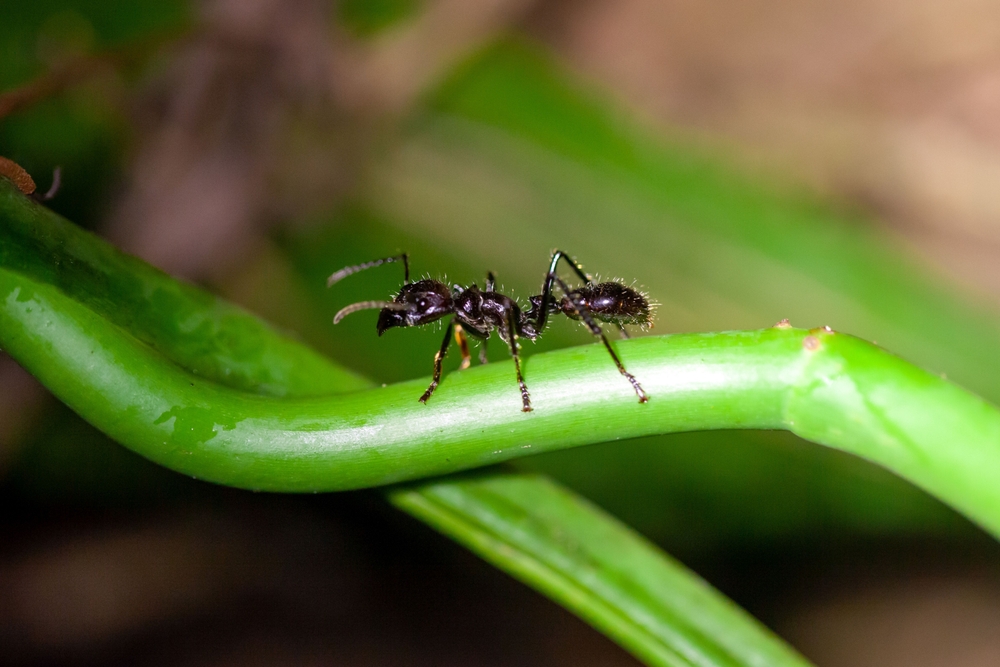
Imagine a world where ants turn into zombies—sounds like a sci-fi horror, right? But for some unfortunate ants, this is a grim reality. Certain fungi infect ants’ brains and force them to climb vegetation and attach themselves. Once in place, the fungus consumes the ant from the inside out, using its body as a launchpad to spread spores. According to National Geographic, the parasitic fungus Ophiocordyceps unilateralis infects ants, compelling them to climb vegetation and attach themselves, ultimately leading to the fungus consuming the ant from the inside out.
The infected ant, controlled by the fungus, acts completely against its natural behavior, becoming a mere tool for the parasite’s reproduction. It’s a chilling reminder of the complex and sometimes cruel relationships in nature. Scientists study these interactions to understand how such mind control evolves, but for the ant, it’s an unavoidable and eerie fate. Knowing that such control can exist in nature is both fascinating and somewhat terrifying.
2. Dolphins Get High on Pufferfish
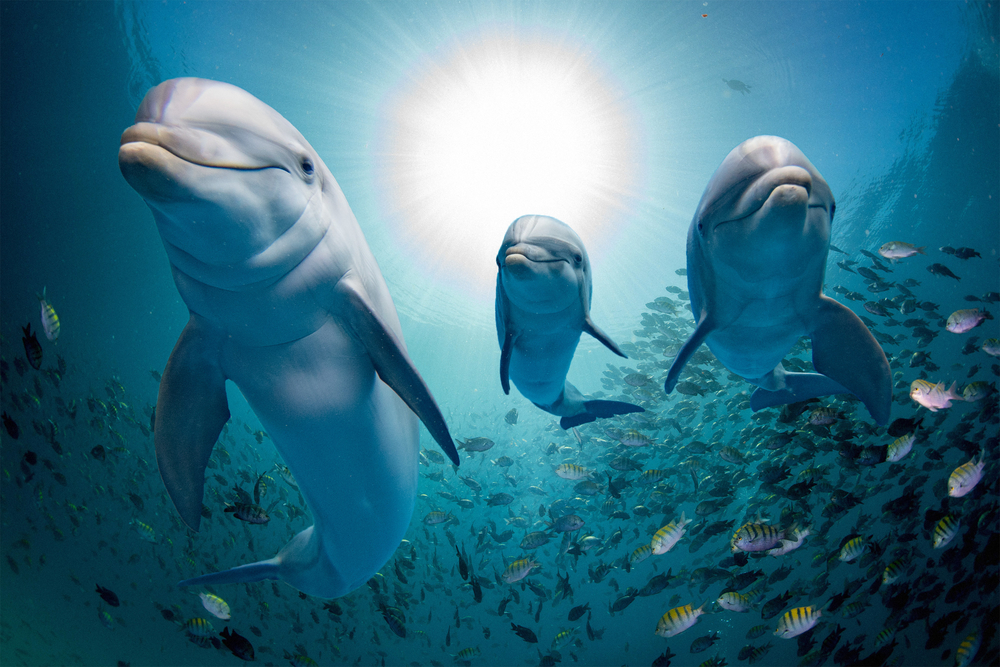
Dolphins are often seen as the playful, intelligent sea dwellers, but there’s a more peculiar side to them. Some dolphins are known to play a dangerous game with pufferfish—one that involves getting high. Pufferfish release a potent neurotoxin when threatened, which can be lethal, but dolphins have found a way to use it for a buzz. They carefully handle the fish, getting just enough toxin to experience a narcotic-like effect without causing permanent harm. A BBC documentary series, as reported by Smithsonian Magazine, reveals that dolphins have been observed handling pufferfish to induce a trance-like state, suggesting they use the fish’s toxins to experience a narcotic effect.
This behavior might seem like reckless curiosity, but it’s a testament to the dolphins’ intelligence and social interaction. They pass the pufferfish around, as if sharing a joint at a party, each taking a turn to experience the effects. While it’s a fascinating glimpse into their world, it also raises questions about animal consciousness and their capacity for enjoyment or altered states. Either way, it’s a wild revelation about our beloved ocean friends.
3. Bees Sting Until They Explode
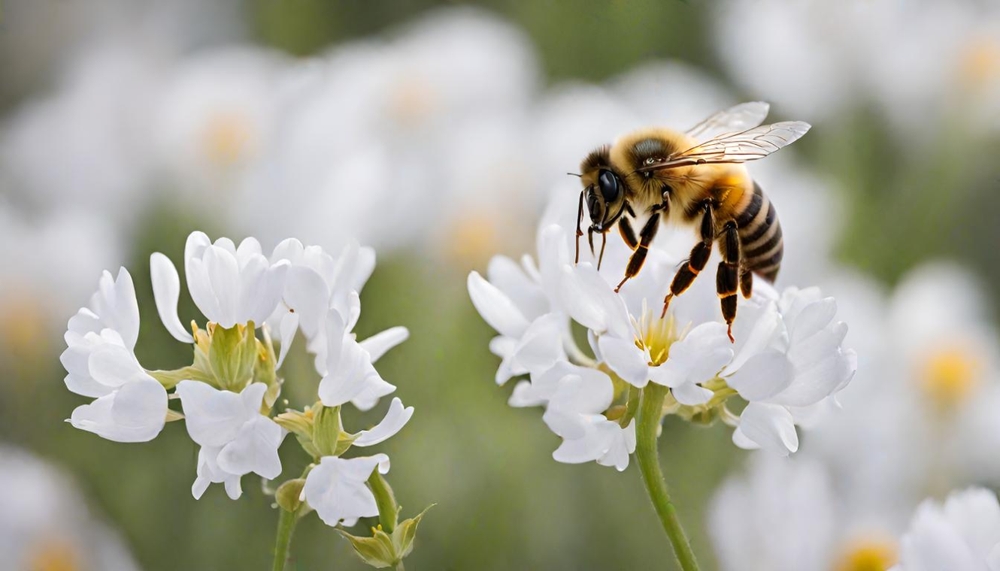
Bees are known for their painful sting, but what you might not know is how much it costs them. When a honeybee stings, it rips out part of its own abdomen, leaving its venom sac and stinger behind. This fatal act is a one-time defense mechanism, meant to protect the hive at all costs. The bee sacrifices itself for the greater good, as the lingering sting continues to deliver venom to the target.
It’s a brutal but selfless act, showcasing the hive’s collective spirit where individual loss benefits the community. This kamikaze approach is fascinating yet tragic, as the bee’s final act is its most impactful. The phenomenon highlights the complex survival strategies in the animal kingdom, reminding us that even small creatures have profound stories. It’s a sting of reality that makes us appreciate the intricate balance of nature’s design.
4. Octopuses Taste With Their Arms

Octopuses are already known for their intelligence and remarkable abilities, but did you know they can taste with their arms? Their suction cups are not just for gripping; they’re equipped with chemical sensors that allow them to taste and feel their surroundings simultaneously. As they explore the ocean floor, they use these sensory organs to detect prey and potential threats, providing a 360-degree tasting experience.
This unique ability means that octopuses experience the world in a way that’s entirely foreign to us. Imagine being able to taste everything your hands touch—it’s both fascinating and overwhelming. This sensory adaptation is part of what makes octopuses such enigmatic creatures, with capabilities that continue to surprise scientists. It’s a reminder of the diverse and sometimes bizarre adaptations that species develop to thrive in their environments.
5. Mother Spiders Sacrifice Themselves
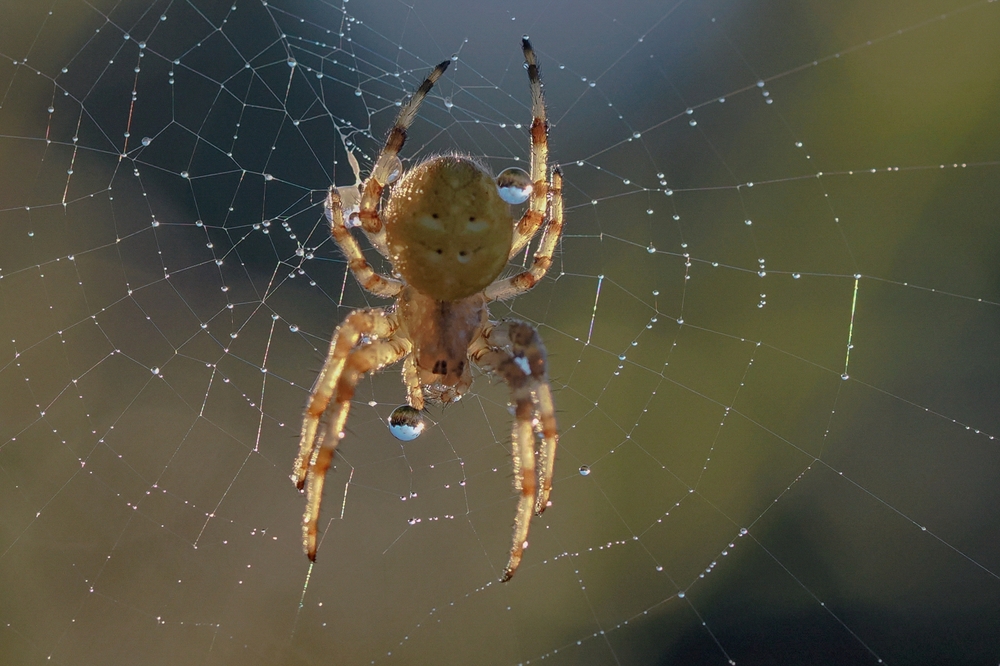
In the spider world, motherhood can be a deadly affair. Some spider species, like the practice matriphagy, where the mother allows her young to consume her body for nourishment. After hatching, the spiderlings rely on their mother’s sacrifice to gain the necessary nutrients to survive and grow. This gruesome form of parental care ensures the next generation has a fighting chance in their perilous world.
It’s a shocking but powerful display of maternal instinct, where the ultimate sacrifice is made for the offspring’s future. The act of self-cannibalization is a stark reminder of the harsh realities of survival in the animal kingdom. While it may sound morbid, it’s a testament to the lengths some species will go to ensure their progeny continue the cycle of life. It’s nature’s version of tough love, with life and death intertwined in an extraordinary way.
6. Hippos Sweat Sunscreen
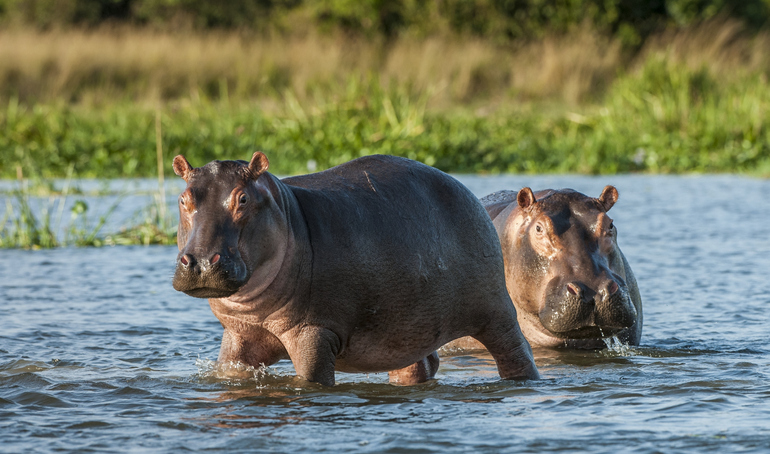
Hippos are formidable creatures, but they have a surprisingly delicate side—sensitive skin. To protect themselves from the harsh African sun, hippos secrete a thick, reddish substance known as “blood sweat.” This isn’t true sweat but rather a natural sunscreen and antibiotic rolled into one. It helps keep their skin moist and protected from harmful UV rays and infections.
The secretion is an impressive adaptation, allowing hippos to lounge in the sun without worrying about sunburn or bacteria. This natural sunscreen is a perfect example of how animals evolve to meet environmental challenges. Despite their fearsome reputation, hippos remind us that even nature’s toughest creatures have vulnerabilities that require ingenious solutions. Next time you see a hippo basking in the sun, remember that their “sweaty” sheen is their secret to staying healthy.
7. Snakes Play Dead, Hollywood Style

Some snakes have evolved a theatrical way to avoid predators—they play dead, and they’re Oscar-worthy at it. The hognose snake, for instance, goes to great lengths to convince threats that it’s a lifeless, decaying corpse. It flips onto its back, releases an awful odor, and even lets its tongue loll out of its mouth. If flipped back onto its belly, it’ll dramatically roll over again to maintain the ruse.
This dramatic behavior might seem over-the-top, but it’s an effective defense strategy. Many predators prefer live prey, so the snake’s convincing act often ensures it’s left alone. This adaptation is a brilliant survival tactic, showcasing the lengths animals will go to avoid becoming a meal. While it might seem humorous to us, for the snake, it’s a serious life-or-death performance.
8. Kangaroos Flex Their Muscles For Real

Kangaroos are known for their powerful legs and bouncing prowess, but did you know they also have an intimidating display of strength? Male kangaroos often flex their muscles to impress females and ward off rivals, striking bodybuilder-like poses. They balance on their tails and puff up their chests, showcasing their biceps and forearms in a display of sheer power. It’s a captivating spectacle akin to a natural bodybuilding contest.
This behavior isn’t just for show—it’s a key part of kangaroo courtship and dominance hierarchies. The strongest males, with the most impressive displays, are more likely to attract mates and assert control over territory. It’s a reminder that in the wild, physical prowess often plays a crucial role in reproduction and survival. The next time you see a kangaroo, remember that their muscle flexing is serious business in the animal kingdom.
9. Crows Hold Grudges
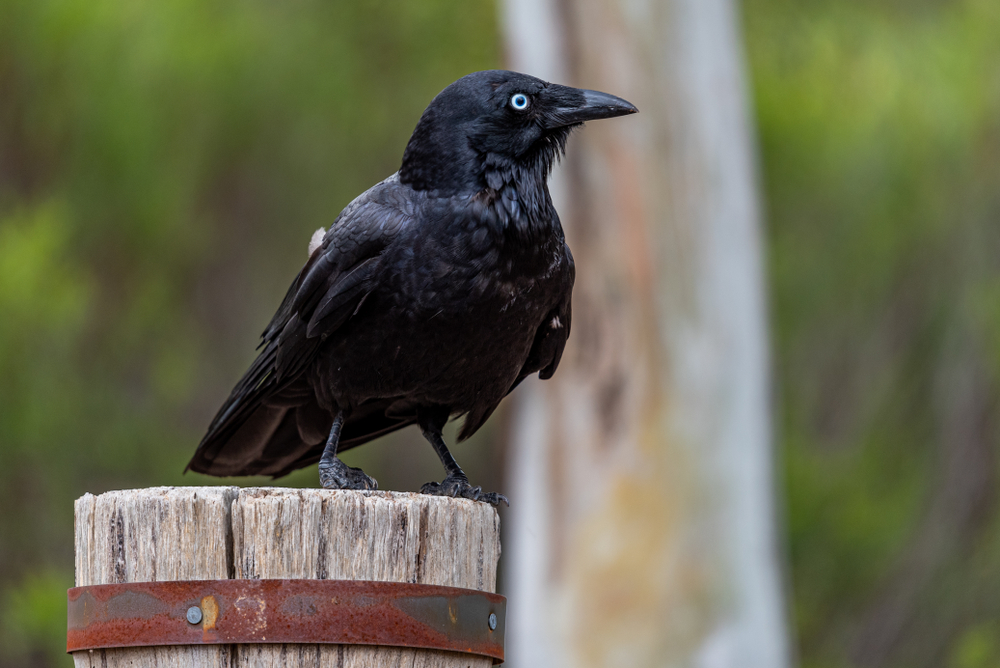
Crows are incredibly intelligent birds, known for their problem-solving skills and social complexity. One of their more unsettling traits is their ability to hold a grudge. These birds have excellent memory and can recognize human faces, remembering those who’ve wronged them. If you annoy a crow, it might follow you, squawking menacingly, and even rally other crows to join in on the harassment.
This behavior is called mobbing and is used as a defense mechanism against perceived threats. It’s a reminder of the complex social structures and intelligence that crows possess. Holding a grudge might sound petty, but for crows, it’s about ensuring safety and teaching lessons to potential threats. So, it’s wise to stay on their good side, as these feathered friends have a long memory and a network to back them up.
10. Frogs Use Their Eyes To Swallow
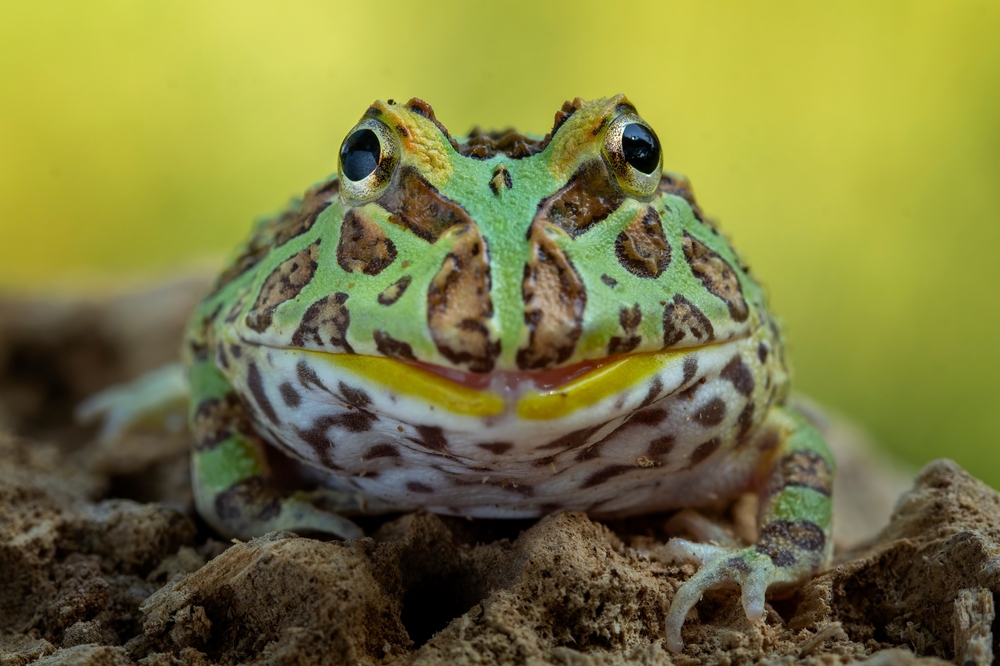
Frogs have an unusual eating technique that involves using their eyes to help swallow food. When a frog catches prey, it retracts its eyes down into its mouth, helping push the food down its throat. This peculiar adaptation is essential because frogs lack the complex jaw muscles necessary for chewing. Instead, their eyes provide the extra push needed to gulp down their meals.
It’s a fascinating example of how animals adapt uniquely to their environments and physical limitations. While it might look bizarre, this method is highly effective for the frog’s dietary needs. It also highlights the incredible diversity of feeding strategies in the animal kingdom. The next time you see a frog, remember there’s more going on than meets the eye—literally.
11. Shrimp Can Create Underwater Sonic Booms
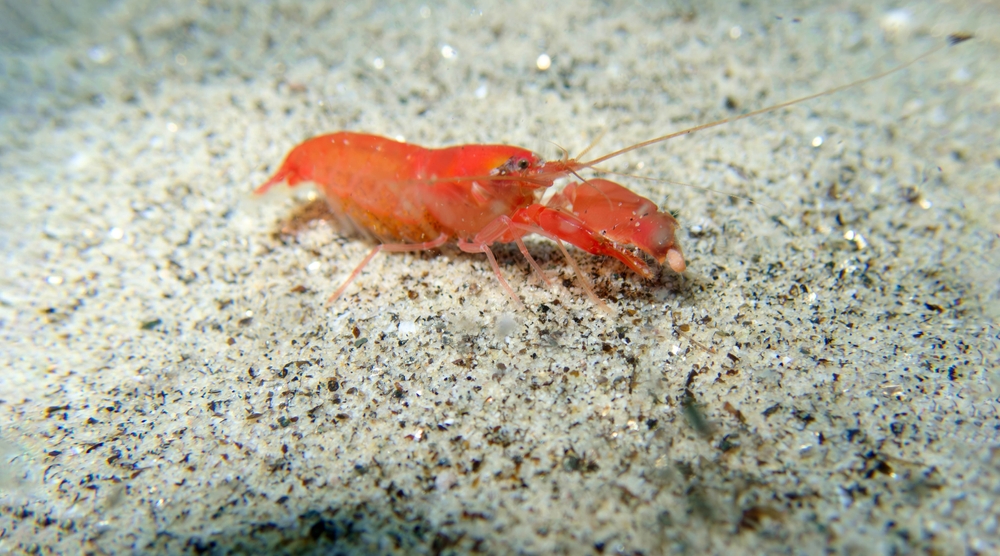
The pistol shrimp is a diminutive creature with a powerful secret weapon—its claw. This tiny marine crustacean can snap its claw shut so quickly it creates a cavitation bubble that collapses with a loud snap. The resulting sound can reach up to 218 decibels, louder than a gunshot and capable of stunning or even killing small prey. This sonic boom is both a hunting tool and a defense mechanism.
The shrimp’s claw snap is one of the fastest natural movements in the animal kingdom, showcasing the shrimp’s remarkable adaptation for survival. Its ability to create such a powerful sound wave demonstrates the unexpected might of small creatures. While they might not look intimidating, pistol shrimp have earned a fearsome reputation among other sea life. It’s a reminder of the ingenuity and power that can be packed into a tiny package.
12. Owls Turn Their Heads Exorcist-Style
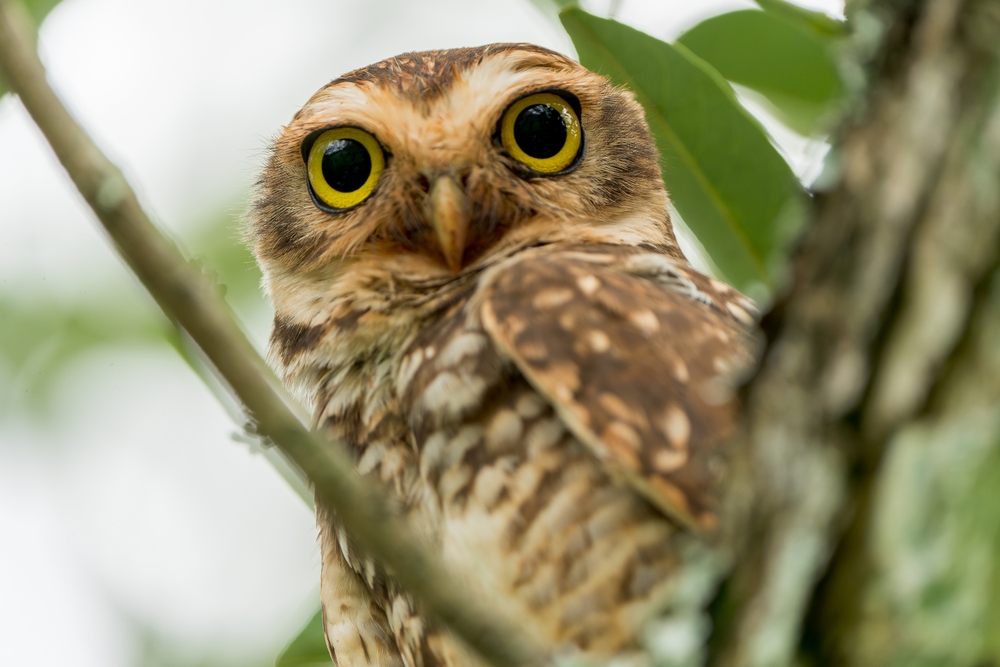
Owls are renowned for their exceptional hunting skills and eerie ability to rotate their heads. While it’s commonly known that they can turn their heads up to 270 degrees, the mechanics behind this are truly extraordinary. Owls have specialized adaptations in their necks, including extra vertebrae and unique blood vessel arrangements, allowing this extensive range of motion without cutting off blood flow. This ability is crucial because their eyes are fixed in their sockets, requiring head movement to change their field of view.
This rotation is not just for show; it’s an essential adaptation for hunting and survival. Owls can silently track prey while remaining motionless, thanks to their highly developed auditory and visual senses. Their head-turning ability ensures they can spot potential prey or threats without moving their bodies, maintaining stealth. It’s a chilling yet fascinating adaptation that adds to their mystique as night-time predators.
13. Elephants Never Forget Anything
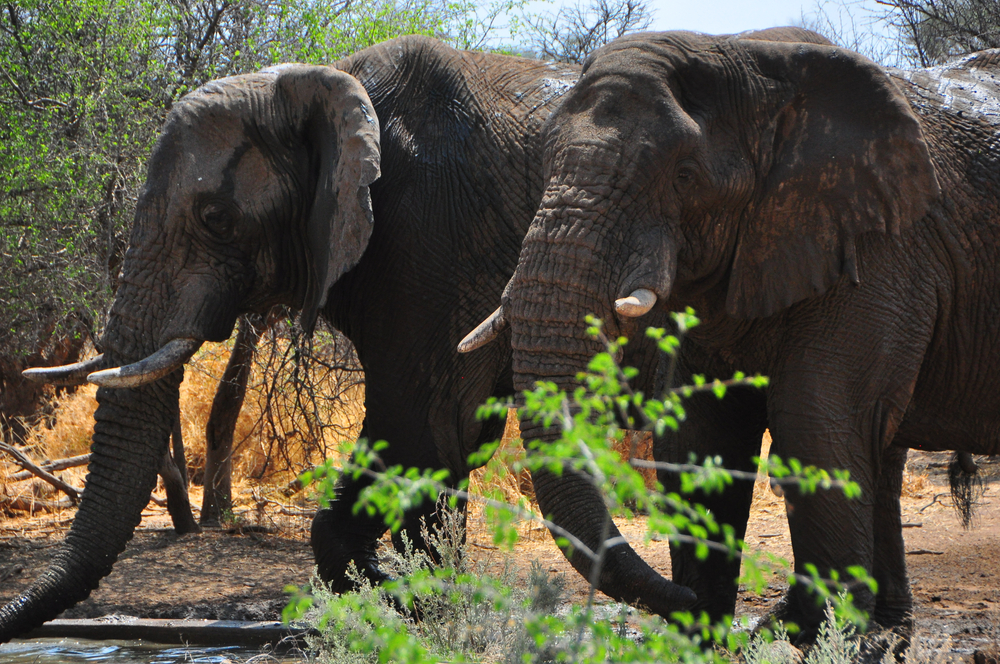
It’s often said that elephants never forget, and there’s more truth to this adage than you might think. Elephants have incredible memories, capable of recalling watering holes and migration routes over vast distances and long periods. They also remember and recognize individual humans and other animals, recalling interactions that can be decades old. This memory is vital for survival, allowing them to navigate changing environments and social hierarchies.
An elephant’s remarkable recall also plays a crucial role in their complex social structures. Matriarchs, the group leaders, use their memory to guide their herds to resources and make decisions that affect the entire group. This ability to remember is a testament to their intelligence and emotional depth. While it’s impressive, it also serves as a poignant reminder of their vulnerability to human conflict and habitat loss, as they remember both friend and foe.
